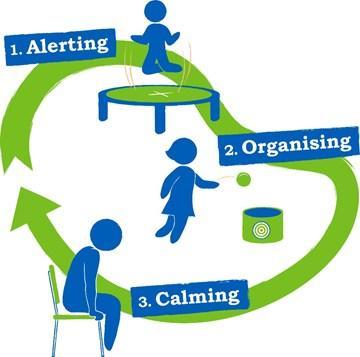SEND
Special Educational Needs and Disability
Welcome to the SEND page of the school website. Here you will find information about SEND policy and practice within the school. We will also tell you more about ways in which we are supporting pupils and how parents and carers can become involved. We hope you find the information on the page useful, accessible and easy to understand. Paper copies of these are available on request.
We are pleased to offer parents the opportunity for drop in sessions with an Early Intervention Family worker. The family worker can help support families and parents with issues at home.
Meetings are by appointment only - please contact the school office to book a slot.
For more information, please contact Suzi Whiting, Executive Headteacher and Special Educational Needs Co-Ordinator via the school office.
The Cambridgeshire Local Offer
As part of the revised Code of Practice for SEND, all local authorities with their partners must publish in one place information about the services they expect to be available in their area for children and young people aged 0-25 who have a special educational need and/or disabilities (SEND). This is known as the local offer. This is the link to the Cambridgeshire Local Offer, which will be changed and developed over time and in consultation with parents, children and young people: http://www.cambridgeshire.gov.uk/send
SEND Documents (policies can be found in the 'Policies' section)
KPA Special Educational Needs and Disabilities (SEND) Policy 2024-2025.pdf
Sensory circuits
-
Every morning we have sensory circuits built into the routine of the school morning. Children who we feel would benefit are selected to join sensory circuits.
Sensory Circuits use sensory-based movement activities which prepare children and young people for the day’s learning and help them to achieve the ‘just right’ level of alertness they need to concentrate.
Our sessions are made up of around 15-20 minutes of activities to help with sensory regulation.
The aim of setting up a sensory circuit is to provide a way for children to regularly receive a controlled sensory input to ensure they are ready to learn.
The Sensory Circuit includes three sections: alerting, organising and calming. The idea is to start with alerting activities then move to the organising section and finally to the calming section. It’s important to do the activities in this order to have a positive effect.

-
Resources to support at home - learning
- Ideas for what to do with words and numbers at home.pdf
- 100 square mat pdf.pdf
- Letter formation 0-10 full stop prompt.pdf
- KS1 1st word wall.pdf
- KS1 2nd word wall.pdf
- KS1 3rd word wall.pdf
- KS2 word walls 1-4.pdf
- Phonic mats phase 2-5.pdf
- Empty abc card for your own pictures.pdf
- Phonics initial sound words to get pictures for....pdf
Resources to support at home - motor co-ordination
- ideas for what to do for motor skills and handwriting at home.pdf
- fizzy a guide to using the programme.pdf
- fizzy resource list.pdf
- fizzy home coping strategies.pdf
- fizzy body awareness level 1.pdf
- fizzy body awareness level 2.pdf
- fizzy ball skills level 1.pdf
- fizzy ball skills level 2.pdf
- fizzy ball skills level 3.pdf
- fizzy balance level 1.pdf
- fizzy balance level 2.pdf
- fizzy balance level 3.pdf
- fizzy clever hands level-1.pdf
- fizzy clever hands level 2.pdf
- fizzy clever hands level-3.pdf
- fizzy body awareness level 3.pdf
Resources to support learning at home - anxiety and mental health
